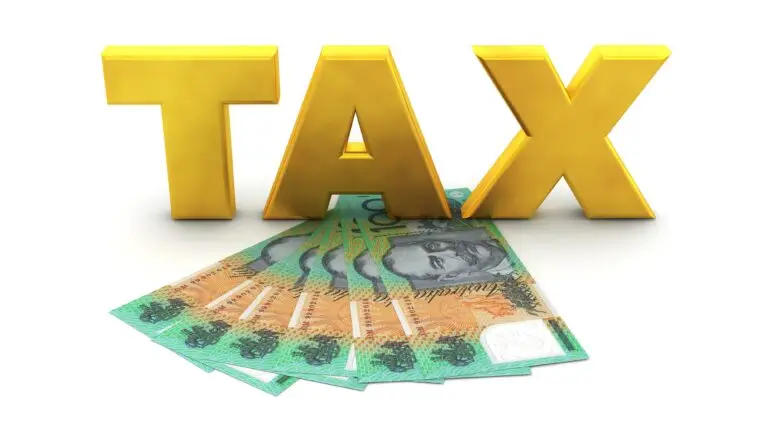Introduction
Health insurance is something most Australians think about from time to time. After all, you want to know you’ll be able to pay for medical services and unexpected trips to the hospital. But actually comparing private health insurance funds and taking out a policy can be a time-consuming – and expensive – task.
The good news is that the government has a private health insurance rebate to encourage more Australians to take out private health cover. How? By reducing the cost of private health insurance, thereby easing the burden on the public healthcare system.
If you’ve been thinking about taking out private health insurance or switching to a more appropriate level of cover, here’s what you need to know about how the rebate works.
What’s the private health insurance rebate?
The private health insurance rebate is a government subsidy that helps Australians offset the cost of private health insurance premiums. It’s available to those who have a complying private health insurance policy, which can include both hospital and extras cover (or a combined policy). The rebate percentage depends on things like your age and income, which helps to make it a well-targeted support measure.
So what’s the reason for having a rebate in the first place? It’s a way to encourage individuals and families to take up private health insurance, which can in turn reduce the amount of pressure that’s placed on the public healthcare system. In other words: it benefits everyone.
How does the rebate work?
The rebate is an income-tested benefit, meaning the amount you’re eligible for will depend on your income level and age. Whether you are a single or family will also play a role. You can claim the rebate in one of two ways:
- Cheaper premiums: You can choose to take the rebate as a reduction on your health insurance premiums. This means your insurer will apply the rebate to lower the cost of your premiums, making it more affordable on a month-to-month basis.
- Tax offset: Alternatively, you can claim the rebate as a tax offset on your annual tax return. This option might be more suitable if you prefer to receive the benefit in a lump sum at the end of the financial year.

Private Health Insurance Rebate Tiers ATO
So what actually determines the percentage of rebate you can receive? Whether you call them private health insurance rebate tiers, thresholds or otherwise, they are all based on your annual income and age, and they change periodically to reflect inflation and changes in healthcare costs. As of the latest update, here’s how it works:
- Income tiers: There are four main income tiers: Base Tier, Tier 1, Tier 2 and Tier 3. The rebate percentage decreases as your income increases. The Base Tier has the highest rebate, while Tier 3 gets no rebate at all.
- Age-based rebates: The rebate percentage goes up as you get older. For anyone under 65, you receive a standard rebate, whereas those aged 65–69 enjoy a slightly higher percentage, and individuals over 70 get the highest rebate percentage.
Here’s a simplified breakdown of the income tiers and their corresponding rebates, as of 1 July 2024:
- Base Tier: Individuals earning $97,000 or less and families earning $194,000 or less receive the highest rebate percentage.
- Tier 1: Individuals earning $97,001 to $113,000 and families earning $194,001 to $226,000 get a lower rebate.
- Tier 2: Individuals earning $113,001 to $151,000 and families earning $226,001 to $302,000 receive an even more reduced rebate – but still something.
- Tier 3: Individuals earning over $151,000 and families earning over $302,000 are not eligible for the rebate.
Once you know your tier, here’s the rebate percentage you can expect:
| Age | Base Tier | Tier 1 | Tier 2 | Tier 3 |
|---|---|---|---|---|
| < 65 | 24.608% | 16.405% | 8.202% | 0% |
| 65-69 | 28.710% | 20.507% | 12.303% | 0% |
| 70+ | 32.812% | 24.608% | 16.405% | 0% |
**Do note that these income thresholds change every so often, with the latest update happening at the start of the 2024–25 financial year. You should check with the ATO or your health insurance provider for the most up-to-date information.

Portability
Don’t re-serve waiting periods when you switch to a new health fund or policy
“John was immediately covered for a hip replacement in private hospital because he had already served his waiting periods for joint replacements on his old policy”
Will Lifetime Health Cover (LHC) loading impact my rebate?
No, the Lifetime Health Cover (LHC) loading doesn’t affect your private health insurance rebate. The rebate only applies to the standard cost of your health insurance premiums and not to things like the Medicare Levy Surcharge or LHC loading, which is an extra charge for taking out private health insurance later in life.
Think of LHC loading as essentially being a surcharge. The government rebate is calculated based on the regular cost of your insurance, excluding this extra fee.
Stuck? Use a private health insurance rebate calculator

Estimating your rebate is straightforward when you use the ATO’s private health insurance rebate calculator. Here’s how to use the calculator correctly:
- Enter your marital status: Select whether you are single or you have a spouse (married or de facto).
- Age: Under 65, between 65 and 69, or 70 and over.
- Income: This is the biggest section to fill out, as you’ll need to share details of not just your taxable income, but other things like fringe benefits, investments, rental property losses, super contributions, family trust distribution taxes and more.
- Calculate: Once you’ve given them all this information, the ATO’s calculator will give you an estimate of your rebate percentage and the amount you could save on your premiums.
How to claim the rebate
You can claim the private health insurance rebate in two main ways. First, you can go through your health fund, which is straightforward given most people choose to claim the rebate as a reduction on their premiums. When you apply for or renew your private health insurance policy, simply let your insurer know that you want to claim the rebate upfront. They will then reduce your premium accordingly.
Otherwise, you can do it through your tax return. Pay the full premium amount and claim the rebate when you lodge your annual tax return. When filling out your tax paperwork, indicate that you have private health insurance and provide the necessary details from your latest health insurance statement. The rebate will then be applied to reduce your tax liability.
Why does the private health insurance rebate matter?
- Encourages more people to take up health insurance: The rebate makes private health insurance more affordable, with the intention of getting more Australians to take up cover. You’ll get better access to private healthcare services while also minimising the strain on the public healthcare system.
- Financial relief: For many families, couples and singles, the cost of private health insurance can be a big expense. With the rebate you’ll get to enjoy much-needed financial relief so you can still stay covered.
- Incentivises proper amount of cover: By giving higher rebates to those with lower incomes, the government helps make sure anyone who might be struggling to afford health insurance is still able to get the benefits of private healthcare.
Conclusion
Whether you’re considering taking out private health insurance today or reviewing your current policy with the aim of switching to a better health fund, the rebate could be what gets you over the line – especially if your budget has been the biggest hurdle to date. For more advice on how the rebate could impact your health insurance options, contact Fair Health Care Alliance today.
FAQ about the private health insurance rebate
Both the rebate percentages and the income thresholds are reviewed every year. They are then adjusted to reflect changes in the cost of health insurance premiums and inflation, usually rolling out at the start of the new financial year.
Most Australians with a complying private health insurance policy qualify for the rebate. However, the exact percentage depends on your income and age. Those in the highest income tier won’t get any rebate at all.
Yes, you can choose to take the rebate as either a reduction on premiums or as a tax offset. If your circumstances change, you can adjust how you receive the rebate by contacting your health insurer or the ATO.









